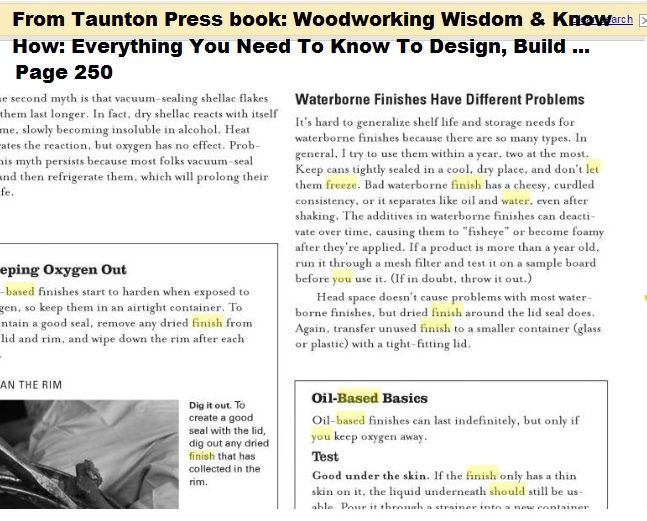justamere11 wrote:
We installed 1200 sf of Owens plankfloor 3" red oak and finished with 4 coats of Fabulon in semi gloss approximately 4 months ago. We are very happy with the finish as far as durablility- but today I discovered that the finish is delaminating in between boards and at the ends of boards in several places. Not everywhere, by a long shot, but enough to make me worried. I don't know how else to describe what is happening. The finish is not cracked on the surface, but I can see an air gap under the finish along the seam between the planks. It's as if the finish is not flexing with the wood, therefore it has separated from it along the seams. I don't know what has caused this. We have an additional 800 sf to install and finish on the same floor which will adjoin the previous install in a doorway. We wanted to still have use of the house by doing the install in stages.
Have you ever seen this problem and what should we do at this point? Will this eventually chip and peel.? I'm wondering if we should sand and finish it all once the last section goes in. I'm trying to avoid that if possible since cabinets, kitchen island and baseboard trim have since been installed.
Hello-
Is it waterbased Fabulon? Pardon my very late reply but in your post "4 months ago" would have been January right? So in winter then. How cold does it get in your neck of the woods? Does it get really really cold or at least at or below freezing? Do plumbing pipes ever freeze and break out there? My point is floor finishes are often stored in where houses (*edit google spell check put whOrehouses-lmao- had to fix)-and other non temp controlled environments- if the finish froze at some point- it could have altered its bonding ability- I have read about this- a waterbased wood finish freezing and then not performing as good and/or not bonding correctly- at least one published woodworking book (see pic) as well as sales reps, other contractors etc have also stated- do not let waterbase finish freeze if possible.
From Hardwood Floors Magazine online article: "Troubleshoot Wood Floor Finishes"
"Avoiding Trouble
The best problem solution is problem prevention. Here are a few precautions that will help contractors keep finish trouble from their floors.
Protect containers of finish from extreme temperatures. In particular, water-based finishes may be susceptible to freezing. Some manufacturers will specify that their products can perform properly after a certain number of freeze-thaw cycles, but the best product performance will come from finishes that have been maintained at a moderate temperature.
Maintain proper job-site conditions. Temperature and humidity should be within the recommended range, or application procedures should be adjusted to account for conditions. For example, extremely hot, dry conditions may cause finishes to dry too quickly. In such cases, approved retarders can be used to slow the drying process. Similarly, cold and humid conditions may cause finishes to dry more slowly — requiring that you allow more time before applying subsequent coats. The job site should also be kept as clean as possible to keep dust and dirt from contaminating the finish.
Document your jobs. This will help maximize quality control and — in the event a problem does occur — make resolution of the problem more efficient. You’ll want to note job-site conditions (temperature and humidity, as well as whether heating or air conditioning systems were operating);the products used and the batch numbers; and the floor-preparation and application methods employed.
The best advice in all cases is to carefully follow manufacturers’ application directions, including spread rates and recommended applicators. Finishes are formulated in many different ways, and an application for one will not necessarily produce good results with another."




